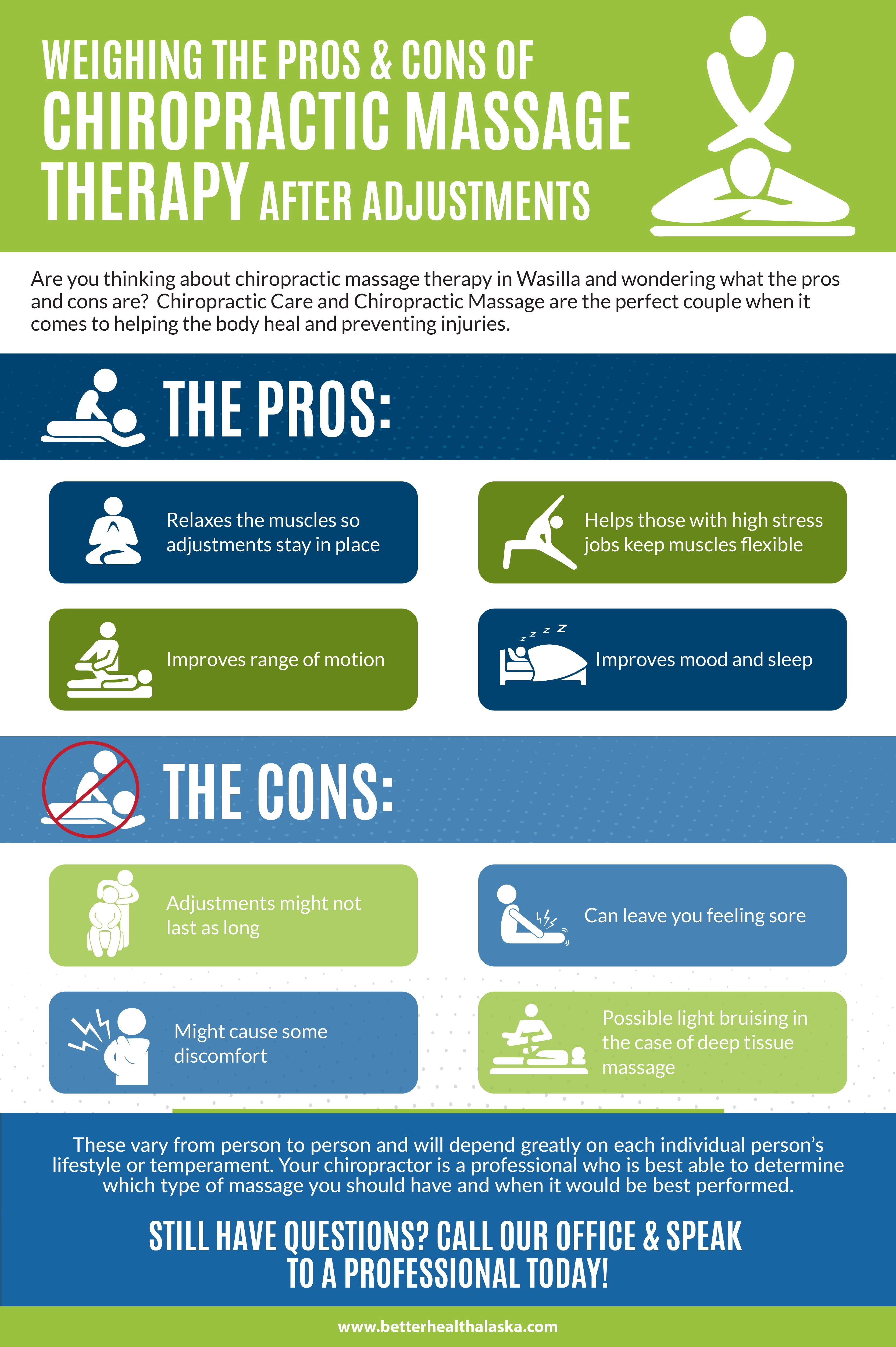Exploring The Research On Cold Laser Therapy
Exploring The Research On Cold Laser Therapy
Blog Article
Composed By-Strickland Marks
When thinking about alternate therapies, cold laser treatment stands apart as a result of its distinct approach to healing. By using particular wavelengths of light, it targets mobile features and advertises healing in a non-invasive manner. https://josuenqtww.aboutyoublog.com/38449169/would-like-to-know-how-innovative-laser-treatment-is-reshaping-non-invasive-therapy-alternatives-discover-its-extraordinary-advantages-and-discover-if-it-s-the-right-fit-for-you but likewise help in minimizing swelling and discomfort. As research study continues to unravel, the ramifications for rehab and pain management could be significant. What does this mean for future therapy alternatives?
The Mechanisms of Cold Laser Therapy
Cold laser therapy, likewise referred to as low-level laser treatment (LLLT), functions by promoting cellular function with the application of certain wavelengths of light.
When the laser light permeates your skin, it connects with the mitochondria in your cells, increasing ATP production. This boost in ATP invigorates your cells, promoting recovery and regrowth.
The light also impacts cell membranes, improving their permeability and promoting nutrition absorption while eliminating toxins. Additionally, https://www.rochesterfirst.com/news/health/its-a-miracle-new-local-laser-therapy-helps-people-heal-without-pills-invasive-procedures/ activates the launch of endorphins and decreases inflammation, helping your body respond better to injury.
You'll experience improved blood flow as the therapy boosts capillary development, making certain that oxygen and nutrients reach damaged tissues extra efficiently.
Recognizing these devices can aid you value its potential in advertising recovery.
Prospective Benefits of Cold Laser Therapy
When thinking about options for discomfort alleviation and recovery, you may discover cold laser treatment to be an appealing alternative. This non-invasive method can help in reducing inflammation, minimize discomfort, and advertise cells repair work.
Lots of people report quicker healing times from injuries and surgeries after undergoing cold laser treatment. It's particularly beneficial for problems like arthritis, tendonitis, and muscular tissue stress.
hair replacement specialists ct may likewise value that it has marginal side effects compared to drugs. Additionally, cold laser treatment can improve circulation, which aids in delivering nutrients and oxygen to damaged areas.
Current Study and Scientific Applications
As passion in cold laser therapy expands, researchers are exploring its various applications and efficiency in scientific settings. smoking cessation laser treatment 'll locate researches investigating its function in pain monitoring, injury healing, and reducing swelling.
In physical treatment, professionals use cold laser therapy to boost recuperation in sports injuries, while dental professionals are discovering it helpful for dealing with dental pain and periodontal conditions. Continuous tests are analyzing its capacity in dealing with conditions like arthritis and neuropathy.
These research studies aim to establish standardized protocols and does, making sure safety and effectiveness. As more evidence emerges, you might see cold laser treatment ending up being a staple in both recovery and discomfort administration, offering patients a non-invasive option that enhances standard treatments.
Conclusion
To conclude, cold laser treatment offers an encouraging strategy to healing by taking advantage of specific wavelengths of light to increase cellular features and advertise healing. With benefits like boosted blood circulation, minimized inflammation, and discomfort alleviation, it's becoming an important choice for numerous conditions. As research continues to establish standardized methods, you can anticipate better approval of this non-invasive therapy in rehabilitation practices and discomfort monitoring approaches, making it a potential game-changer for numerous individuals.
